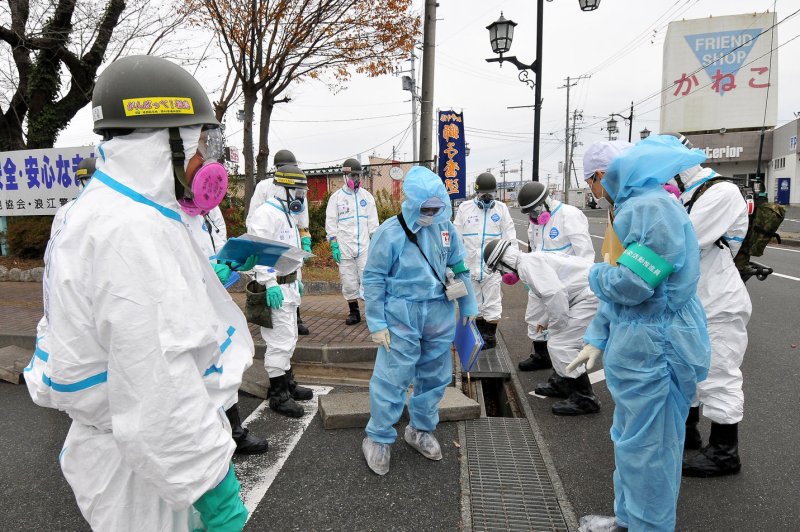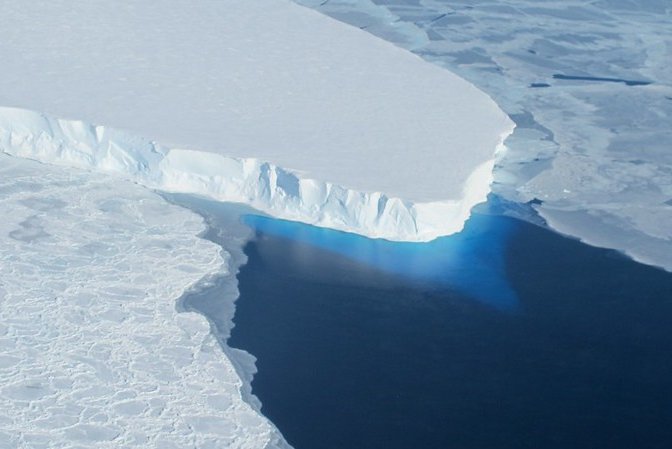Lawsuits seek to stop mining, construction on sacred sites

Arizona's Ga'an Canyon in Oak Flat, also known as Chi'chil Bildagoteel, is 65 miles east of Phoenix. Apache tribal members and their allies are fighting to stop the construction of a copper mine there. Photo by Russ McSpadden/Center for Biological Diversity
LONG READ
April 6 (UPI) -- Two disputes over sites that are sacred to Native Americans are on the docket at the 9th Circuit Court of Appeals.
A group of Apache tribal members and their allies are fighting to stop the construction of a copper mine on a place in Arizona where Indigenous people have worshiped for centuries.
For members of the Confederated Tribes and Bands of the Yakama Nation and the Confederated Tribes of Grande Ronde, it's too late to save an altar and burial grounds near Mount Hood in Oregon -- the site was bulldozed to widen a highway. But they want remediation of the site, a declaration that their religious rights were violated and a promise that they will be consulted before the federal government does more construction.
In both cases, the tribes allege their rights under the First Amendment and the Religious Freedom Restoration Act were violated. The act bars the government from substantially burdening a person's exercise of religion except in furtherance of a compelling governmental interest -- and only if an action is the least restrictive means of furthering that interest.
The government denies imposing a substantial burden on the tribes and says they were not forced to violate their religious beliefs.
University of Notre Dame law professor Stephanie Barclay, who represented the tribes in the Oregon case, said courts sometimes do not see the religious exercise and sites of Indigenous people as equally important as those of Christian churches.
As part of their traditions and spiritual beliefs, a lot of tribal people want to leave their sites pristine, said Barclay, director of Notre Dame's Religious Liberty Initiative, which filed a friend-of-the-court brief supporting the Apaches.
To some, a site might look like landscape that is nothing special, she said.
"That's a problem when we're unwilling to recognize the importance of religious beliefs of someone else just because they look different from our own," Barclay said.
Pausing for review
The transfer of the Arizona land to Resolution Copper Mining that was slated for March has been delayed, but opponents face a tough fight to save the holy site. The land, which is about 65 miles east of Phoenix, is called Oak Flat and also known as Chi'chil Biłdagoteel.
The U.S. Forest Service has withdrawn a final environmental impact statement that describes the potential effects of Resolution Copper's planned operations on 2,422 acres of the Tonto National Forest that are to be swapped for 5,459 acres of conservation lands. The agency's publication of the statement on Jan. 15 meant the trade had to go forward no later than 60 days after that date, and March 11 was set as the time for the swap.
But the U.S. Department of Agriculture announced March 1 that it had directed the Forest Service to rescind the FEIS so the agency could review "significant input received from collaborators, partners and the public" since the publication of the six-volume statement. The USDA estimates the consultation could take several months.
Wendsler Nosie Sr., former San Carlos Apache tribal chairman and a leader in Apache Stronghold -- a nonprofit organization of Apaches, other Native Americans and their supporters -- called the move "a temporary strategic retreat."
"They still intend to try and give away our sacred land," Nosie said in a statement.
The Southeast Arizona Land Exchange and Conservation Act, which was passed by Congress and signed into law in December 2014 by President Barack Obama, directed the U.S. Forest Service to convey title to the Arizona acreage, including Oak Flat.
Resolution Copper, a joint venture by British-Australian corporations Rio Tinto and BHP, says it has spent more than $2 billion to develop the project. Dan Blondeau, a spokesman for Resolution Copper, which is not a defendant in the suit, said the company is evaluating the decision to rescind the FEIS.
"In the meantime, we will continue to engage in the process determined by the U.S. government and are committed to ongoing consultation with local communities and Native American tribes," Blondeau told UPI in an email.
Court battles
Apache Stronghold filed suit against the government on Jan. 12 in U.S. District Court in Phoenix asking for a permanent injunction prohibiting the land transfer and any mining that would destroy Oak Flat.
The organization also asked for a preliminary injunction stopping the Forest Service from proceeding with the swap while its suit is pending. That request was denied. Apache Stronghold appealed the denial to the 9th U.S. Circuit Court of Appeals. The organization also filed an emergency motion asking to stop the land transfer until there is a ruling on the appeal.
"The arguments that the government is making in this case, if accepted by the court, would set a precedent for the destruction of any sacred site on any federal land," said Luke Goodrich, senior counsel of the Becket Fund for Religious Liberty, which represents Apache Stronghold.
Soon after the appeal was filed, the government withdrew the FEIS, and the appeals court ruled 2-1 four days later to deny the emergency motion as premature.
The dissenter, Judge Patrick Bumatay, said Apache Stronghold has shown it has a strong likelihood of winning the suit, and the group is entitled to a pause on the transfer.
Bumatay wrote that "the government's 11th-hour promises of delay and consultation with the Western Apaches are not enough to allay the threat of irreparable harm."
"Resolution Copper's mining activities won't just temporarily exclude the Western Apaches from Oak Flat, or merely interrupt the worship conducted there," the dissent says. "Instead, Resolution Copper will turn Oak Flat into a crater approximately 2 miles across and 1,100 feet deep."
The request to overturn the denial of the preliminary injunction request at the district court is pending at the 9th Circuit.
Two other suits fighting the land transfer, one filed by the San Carlos Tribe and the other by environmentalists, are pending.
'Place of Big Big Trees'
Tribal chiefs say they alerted government officials to the importance of the burial grounds at Ana Kwna Nchi nchi Patat, or the "Place of Big Big Trees," but the site was bulldozed in 2008. The project left the other side of the highway untouched and protected nearby wetlands and a tattoo parlor, the suit says.
Barclay said the government could have used construction techniques that would have been more protective of the site, such as putting up a retaining wall.
"Instead, the government widened the highway in the most destructive way possible, cutting down oak grove trees that the Indigenous people testified were like the wall of a church to them," Barclay said.
In 2008, hereditary chiefs Wilbur Slockish and Johnny Jackson; tribal elder Carol Logan; the Cascade Geographic Society; and the Mount Hood Sacred Lands Preservation Alliance sued the government in U.S. District Court in Portland, which led to two and a half years of negotiations that ultimately failed.
The suit stalled and then in 2015, tribal members returned to court seeking remedies for the bulldozing and a declaration that their religious rights had been violated.
"All we want is the return of our sacred artifacts, the rededication of the area for our ancestors, and the promise that we can continue to worship as our tribes have done for centuries," Logan said.
A magistrate juge -- citing an earlier 9th Circuit decision that said "a government action that decreases the spirituality, the fervor, or the satisfaction with which a believer practices his religion is not what Congress has labeled a 'substantial burden,'" -- recommended that the lawsuit be dismissed.
A district judge accepted the recommendation and closed the case in February. Tribal members have appealed to the 9th Circuit to reverse the decision.









